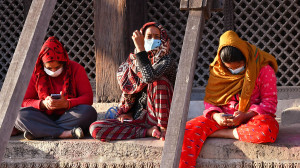Editorial
Life and death
The country’s number one killer, air pollution is no longer something we can take for granted.
The simple act of breathing has become dangerous. What was once a valley of pristine air, clear skies and stunning mountain views has now become a place smothered in toxic air. Haze has become a regular phenomenon in Kathmandu, completely obscuring the mountains. In the dry season, the deadly smog grows so dense that even the valley’s striking hills are barely visible. While the wealthier ones navigate the city in their private vehicles, those who cannot afford it have to walk or use public vehicles that release black exhaust. Moreover, the poor who rely on the streets for their livelihood—such as vendors, peddlers, and other outdoor workers—are continuously exposed to this harmful air, which is reducing our life expectancy by an average of 3.4 years. As if this weren’t already alarming enough, a recent World Bank report has revealed that air pollution has emerged as the number one risk factor for death and disability in Nepal.
According to the World Bank report “Towards Clean Air in Nepal: Benefits, Pollution Sources and Solutions,” air pollution causes approximately 26,000 premature deaths annually. What is shocking is the list of diseases linked to air pollution: 75 percent of chronic obstructive pulmonary disease cases, 46 percent of strokes, 44 percent of ischemic heart disease, 41 percent of lower respiratory infections, 38 percent of lung cancer, 30 percent of neonatal problems such as low birth weight and preterm birth and 20 percent of diabetes. Particulate matter in Nepal has surpassed the risks of tobacco and high blood pressure, which reduce life expectancy by 1.9 and 1.5 years, respectively.
The Tarai is another region in Nepal grappling with the problem. Transboundary pollution is more common in the Tarai due to its proximity to the Indo-Gangetic plains with its increasing agricultural activity and industrial emissions. As reported in an earlier study, harmful farming practices are no less prevalent in Nepal, where an estimated three million tonnes of agricultural residue are burned in the Tarai. Besides these, open burning, brick kilns, old and unserviced vehicles, and forest fires also play their parts in exacerbating air pollution. Under the baseline scenario, average PM2.5 concentrations will reach 52 µg/m³ in Kathmandu Valley and 42 µg/m³ in the Tarai in 2025, far above the World Health Organisation’s interim target of 35 µg/m³. We cannot let this happen.
Inaction is not just endangering the health of its citizens but also jeopardising the nation’s economy. According to the report, the economic cost of poor air is estimated to exceed six percent of Nepal’s GDP each year. Measures such as banning open burning and monitoring brick kiln emissions have been implemented, but they are confined to a few local jurisdictions. This must be expanded, and people be aware of the consequences. Further, the random emission tests initiated by Kathmandu Metropolitan City—which seem to have lost momentum—must be rigorously enforced, and vehicle owners who violate the regulations face penalties.
Nepal has been celebrating the rise in electric vehicle sales. However, the reality is that their use is mainly confined to private owners. Although there are tax incentives for electric vehicles, a recent study by the Institute for Integrated Development Studies (IIDS), a Kathmandu-based non-profit, found that they primarily benefit the wealthy. As the limited number of private electric vehicles makes little difference in curbing air pollution, avenues must be opened to expand electric public transport. There is no alternative to a multi-sectoral, multinational approach to urgently minimise air pollution. We have had enough warnings. A business-as-usual approach could invite catastrophic consequences.




 11.12°C Kathmandu
11.12°C Kathmandu
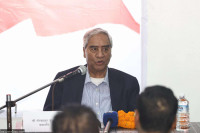
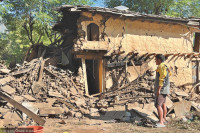
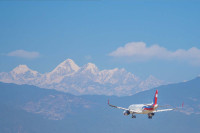




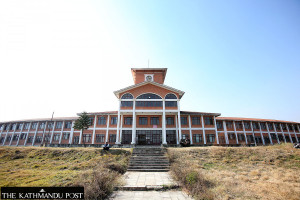

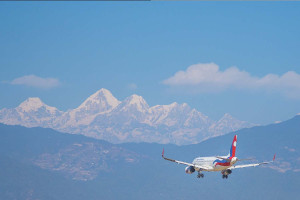


%20(1).jpg&w=300&height=200)

